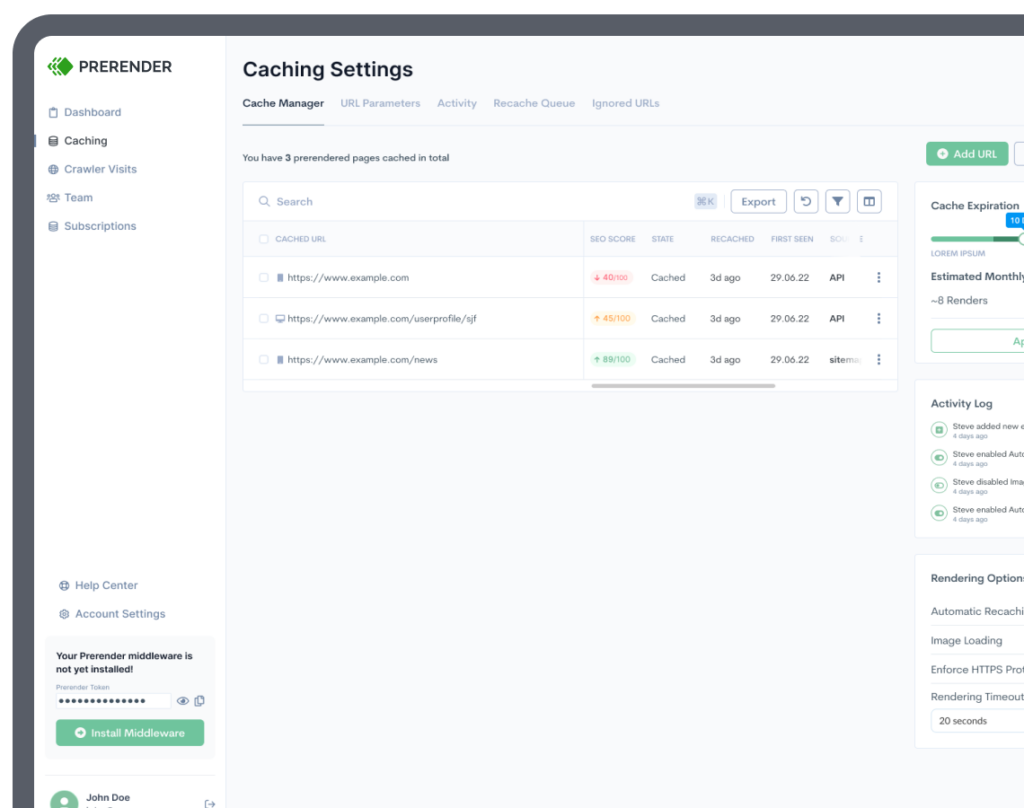Resources
Crawl budgets help search engines to manage indexing for efficiently. When you optimize your website crawl budget, online visibility grows.
This crawl budget optimization guide shares everything you need to know about crawling. Learn how your crawl budget can impact website traffic, its a vulnerable yet important quality on indexing JavaScript websites, and some optimization tips from industry experts.

Crawl budget is the unsung hero. It helps search engine bots index and rank your content in the first place. Without it, your content and SEO efforts are worthless, contributing zero to your bottom line.
If your pages experience slow indexation, poor PageSpeed, and underperforming SEO results, you may suffer from crawl budget deficiency. Left untreated, this could snowball into content deprioritization, as well as sinking online visibility and traffic.
Don’t put your website at stake. Improve yours with this guide!
Download this guide to learn about:

Some answers to your crawl budget questions.
A crawl budget is the calculated number of pages search engine bots can crawl within a certain period of time. Once your dedicated budget is exhausted, bots can no longer crawl or index the pages until the next cycle.
Googlebot uses a crawl budget to index a page and its SEO elements (after they get crawled). Once indexed, search engines will determine the page rank based on its technical SEO qualities and other related factors. If you do not get indexed due to JavaScript SEO issues, your content won’t appear in SERPs.
You can use the following crawl budget formula to measure its efficiency:
Total Number of Pages | = | Crawl Budget Efficiency |
Average Pages Crawled Per Day |
If the result is less than 3, your crawl budget is already optimal. If the result is higher than 10, you have 10x more pages on your site than what Google crawls per day. In this case, a crawl budget optimization is highly recommended.
Note: This is an estimation of your crawl budget status, not an exact or official conclusion.
Google determines crawl budgets based on three factors:
Learn how to improve these qualities to nudge Google to allocate a bigger crawl limit.
Here are a few methods to better manage your crawl budget:
Climb to the top of SERP with Prerender.
Get started with 1,000 URLs free.
